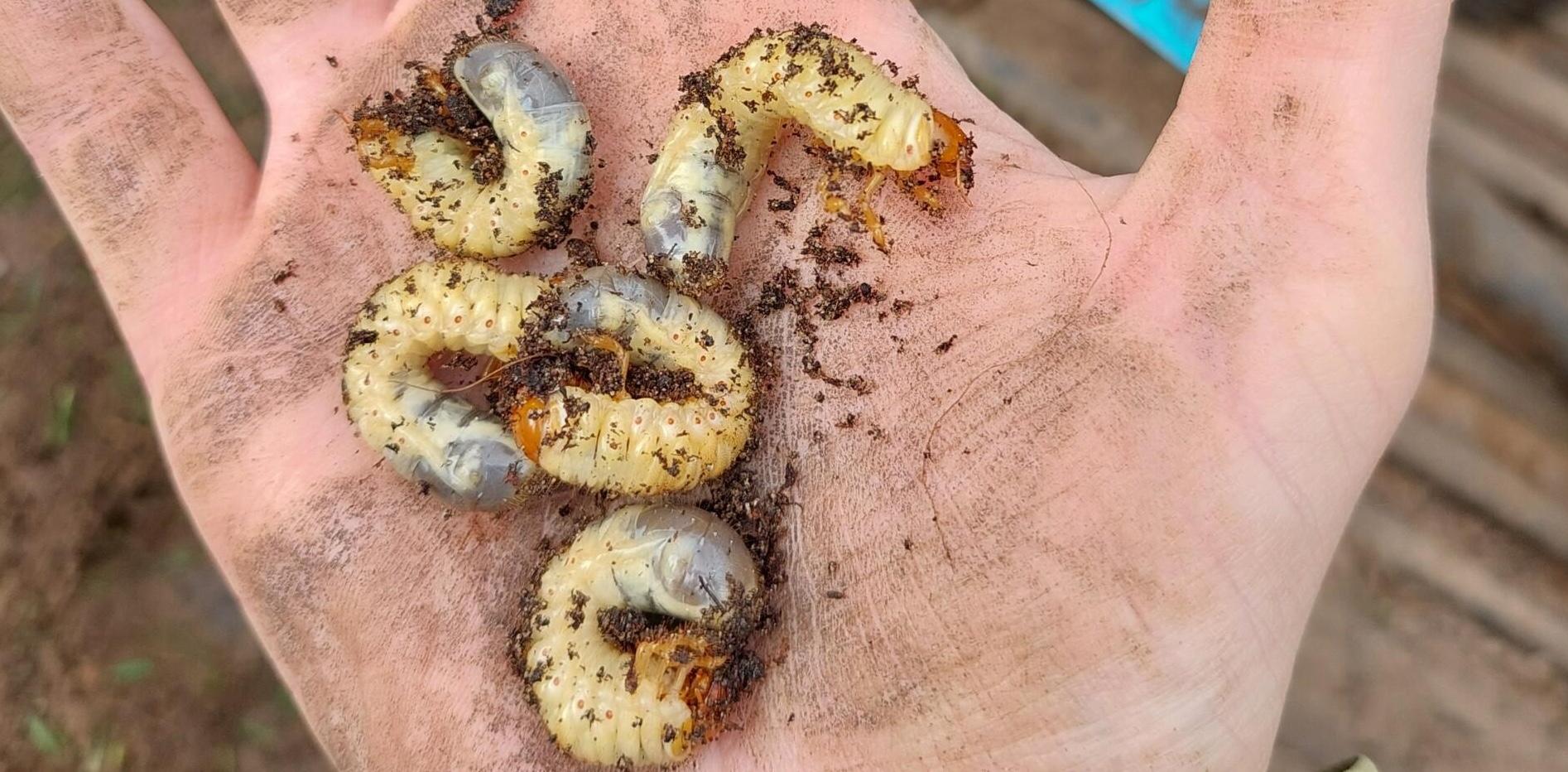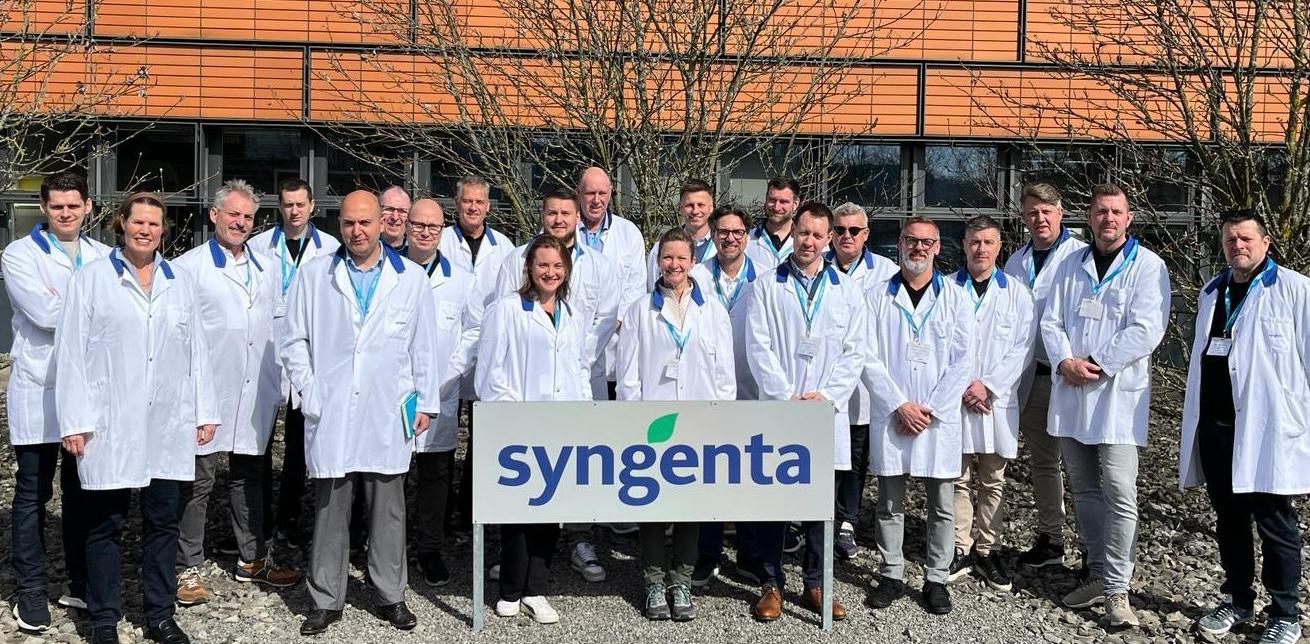
The recent Acelepryn Emergency Authorisation, and particularly sourcing the desired bottle sizes, has been an example of how delivering a product to market is a lot more complex than I ever gave credit for when I was managing golf courses.
Now, after 7 years leading the UK & Ireland Turf and Landscape business and now Europe North West for Syngenta, I can fully appreciate it's very complicated and challenging, even without a global supply chain crisis, pandemic and Brexit.
As several people have pointed out, this season Acelepryn bottles have, for the first time since the initial year of the EA, been arriving in 1 litre bottles. With a 0.6 l/ha application rate, that can be irritating for a greens application if you only have one hectare, which is potentially more expensive and more than you need.
To understand why this has happened this year, we need to first look back. Acelepryn is a global Syngenta product sold around the world at different rates and for different markets. For the UK, the rate we have permitted under the EA is 0.6 l/ha.
Here's the first challenge - Syngenta didn’t actually make a 0.6 l bottle; our range we usually comes in a 1, 3, 5, 10 or 20 litre pack.
When we first applied for the EA we didn’t know if we would be successful, so we had to strictly stay with the existing bottle sizes - in that case the 1 litre bottles from the US. We couldn't justify or arrange approval for the manufacture of totally new bottles without an EA; it's something that normally could only be considered with a full registration.
New bottles need to go through 1000s of pounds worth of testing - to check what happens for that exact formulation. Just in case it gets dropped, left in a chemsafe on a hot day or falls off a pallet. The testing is rigorous and seemingly endless.
The US Product in 1 l bottle was a compromise for year one, but one that at least got the needed product to market.
After the first year, the odds were in favour of being successful again, so I proposed that we do the work and invest the money to get the product made and supplied in a non-standard 0.6l bottle. A time consuming and expensive process, but much better for you, your budget and also the sustainability credentials of both Syngenta and the turf manager.
After that initial investment, we had an authorised 0.6 l/ha bottle for the UK turf market. A small win but an important and satisfying one.
Ironically, in year 2, once we'd achieved patch spraying of fairways on the EA, we have had many customers who wanted the 1 litre bottle!
Now, 2022 brings with it a new set of challenges. Out of European Union means the import rules are more challenging than ever. We are NOT allowed to import product into the UK in advance of getting the EA.
At the time of EA being granted we then need to start shipping. The challenges of transportation and getting product into the UK meant the options available were:
Wait for 0.6 litre product which was in the US and/or get faster access for 1 litre product which was already in Europe, ready for another country where the market wanted the larger bottles.
We had to decide as a team which product is likely to get to the customer faster, so we could make sure we could deliver in time for the application window. There is no point having the product late with a time limited EA and pest pressure building, even if it is in the right container.
There was potential that the 0.6 packs from the US might see further delays; airfreight was full and shipping takes too long.
Typically road transport is more reliable than the air currently, meaning we would be able get the 1 litre product in the country in time for the chafer application window, and then we could supply the 0.6l/ha product when it arrives later in the year.
There was another factor influencing this decision. We normally get two EAs, one for chafer grubs and one for leatherjackets.
Looking at the data most of the leatherjacket customers are golf courses for greens applications, while a big percentage of the chafer grub demand is for larger areas such as horse racing and fairways.
The 1 litre product, although not perfect, is a better fit for the first EA and the 0.6l for the leatherjacket EA later in the year where greens are more of a focus.
So whilst not our first choice, its a pretty good compromise. The 1 l itre product has been mobilised, and I thank my colleagues in Europe for letting the UK have it as it was planned for elsewhere!!
Hopefully the 0.6l bottles will arrive soon afterwards, but with the current supply chain issues, we cannot guarantee anything.
It’s not ideal, but like anything at the moment we all have to make changes and sacrifices to ensure we can deliver products to the customer. The application rate is still the same and and hopefully our choices have allowed customers to get the product quicker in a time of huge disruption. We plan to get the 0.6 litre product as soon as possible and worst case ready for the autumn leatherjacket applications, but hopefully much sooner.
I understand some golf courses will not want to go back to 1 litre bottles for greens applications but in light of all the information we had and supply possibilities this it the best outcome to enable the customer to control the problem, which I think is the most important aspect.
Going back to the beginning, I think it has greenkeeping roots are so helpful in this kind of situation. I understand the challenges.
Syngenta always tries to ensure that the customer is put first because that’s exactly what I would have wanted when I was a turf manager.
I hope this helps explains the current challenges and an insight into some of the aspects that, as a course manager, I never considered when using a product. If you want to discuss it some more, please give me a call on 07734958813. I love talking to course managers, it helps make all the supply chain challenges more bearable :)

Daniel Lightfoot MSc MG MBPR




